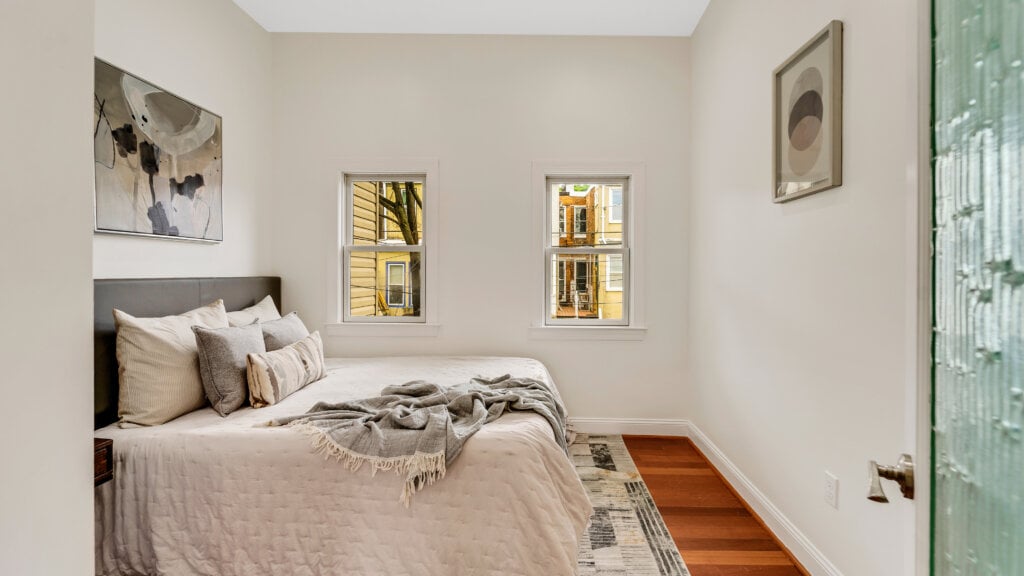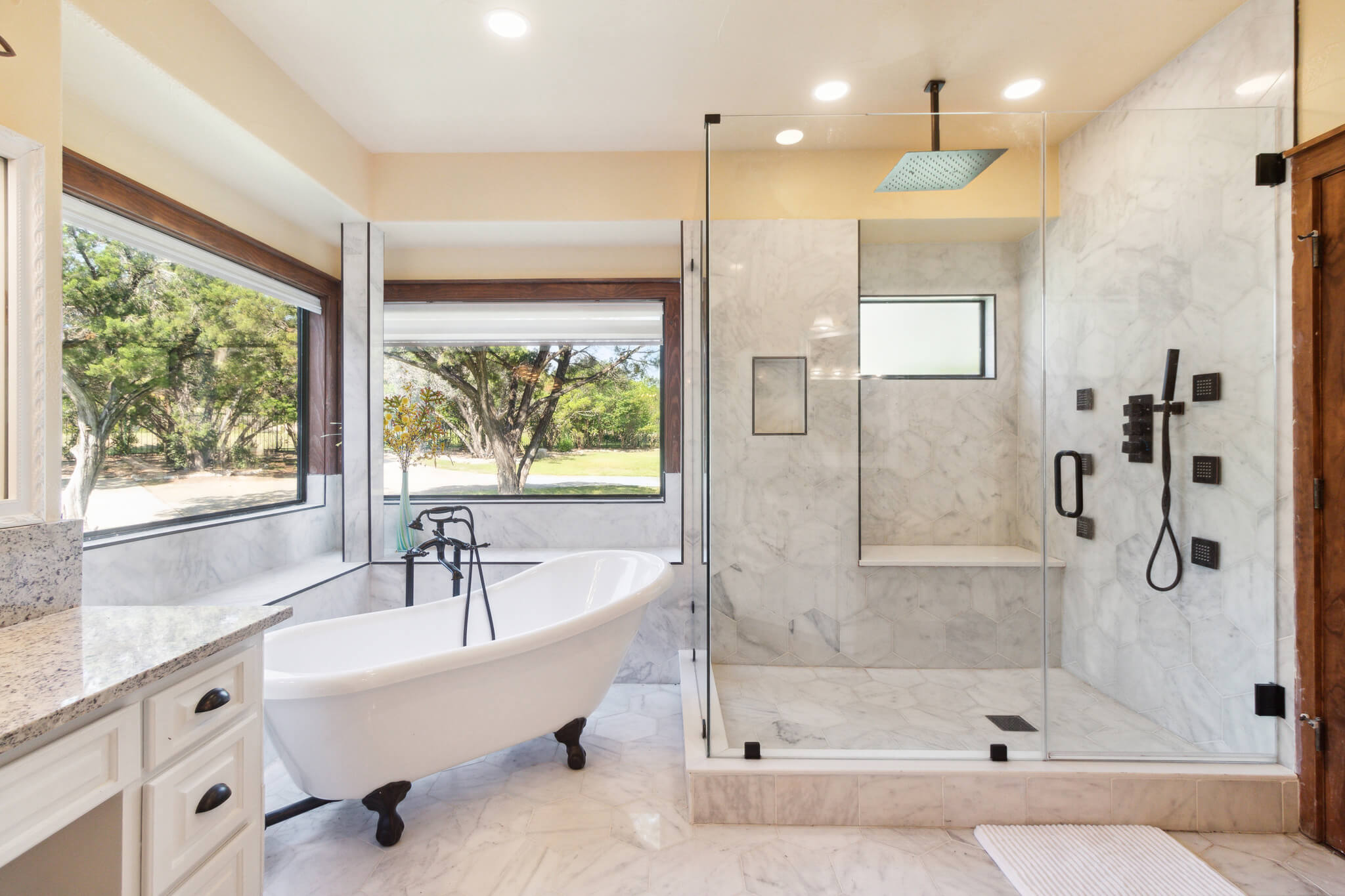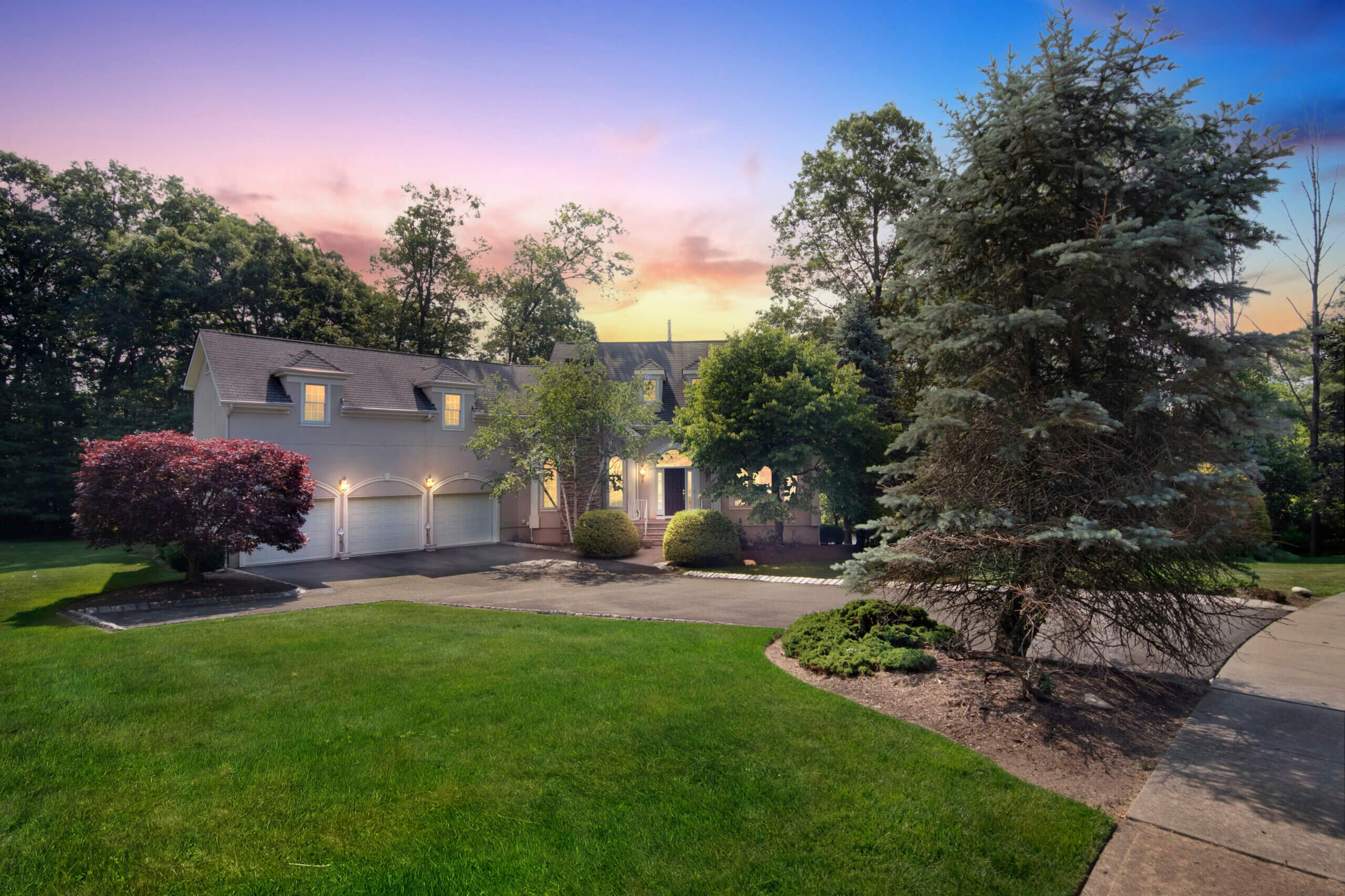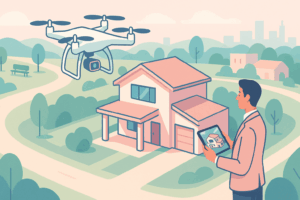Virtual tours strutted into the real estate scene promising a revolution, painting a future where buyers, clad in their sleek VR headsets, would effortlessly search the metaverse of properties.
Yet, here we stand, with that audacious vision far from reality. The anticipated ubiquity of 3D virtual tours hasn’t come to fruition, not by a long shot.
So, what’s holding back this seemingly inevitable leap in property viewing technology?
Privacy Concerns and Safety Risks
The first and perhaps the most significant concern for homeowners is privacy. 3D virtual tours provide a detailed look into a person’s home, revealing every nook and corner, the layout, the decor, and sometimes even personal belongings.
This information is not just visible to potential buyers but to anyone with access to the internet. The thought of having one’s private space documented and available for public viewing can be unsettling for many.
Moreover, from a security perspective, the detailed layout captured in these tours could potentially expose homeowners to risks. Intruders or thieves could use this information to understand the layout of the house, making it easier for them to plan illegal activities.
This privacy invasion and potential safety risk is a significant deterrent for many homeowners when it comes to embracing 3D virtual tours.
Data Ownership and Trust Issues
Next is the issue of data ownership and trust. Creating a 3D virtual tour requires capturing a significant amount of data about a home. This data is usually processed and stored by the companies providing the 3D virtual tour services, such as Matterport and Zillow. There’s an inherent unease about sharing such comprehensive data with third-party entities.
The apprehension gets amplified given the reputation of some Silicon Valley and Wall Street firms, notorious for questionable data practices. It raises concerns about how this data might be used beyond the purpose of creating a virtual tour, adding another layer of hesitation.
Mobile User Experience
Despite advancements in technology, the truth is that 3D virtual tours still lag in terms of mobile user experience. In a world where mobile internet usage has surpassed desktop, this presents a substantial roadblock.
Instagram Reels and TikTok have set the bar high for mobile content with crisp, attractive, and easily consumable formats. In contrast, 3D tours often fail to translate as well on smaller screens, with distorted perspectives and less intuitive navigation.
Video’s Popularity in Social Sharing
Video content still reigns supreme when it comes to social media sharing. They are more than 5x as popular, according to various reports. Videos can be easily shared, commented on, liked, and can organically reach a broad audience, which makes them a highly attractive format for listing agents.
Moreover, with video, agents can curate the views, emphasizing the selling points while downplaying less attractive features, which is not possible in a fully transparent 3D tour.
Despite the potential of 3D virtual tours, these challenges have kept them from becoming the norm in real estate listings. For the time being, it appears that traditional photography and videos continue to rule the world of real estate marketing.














